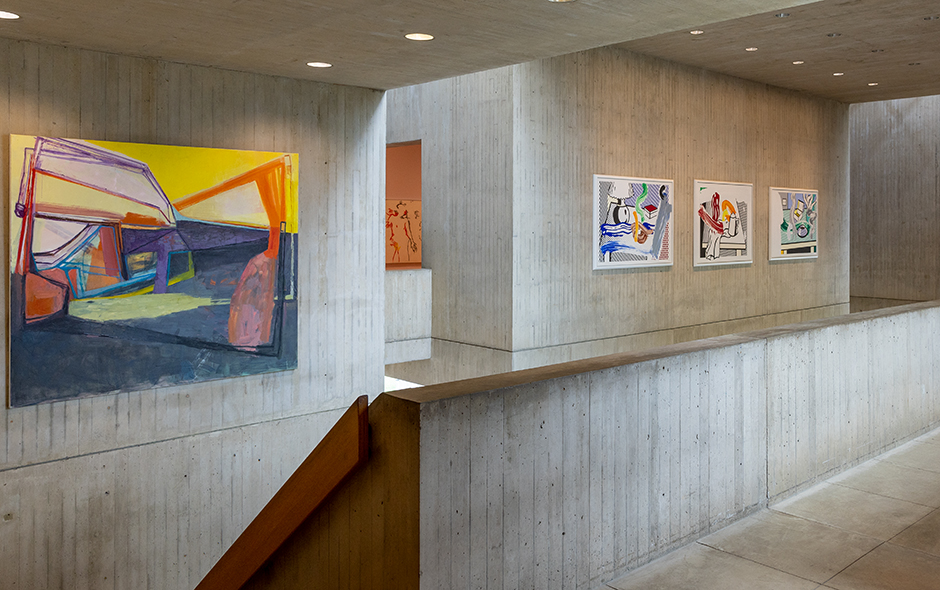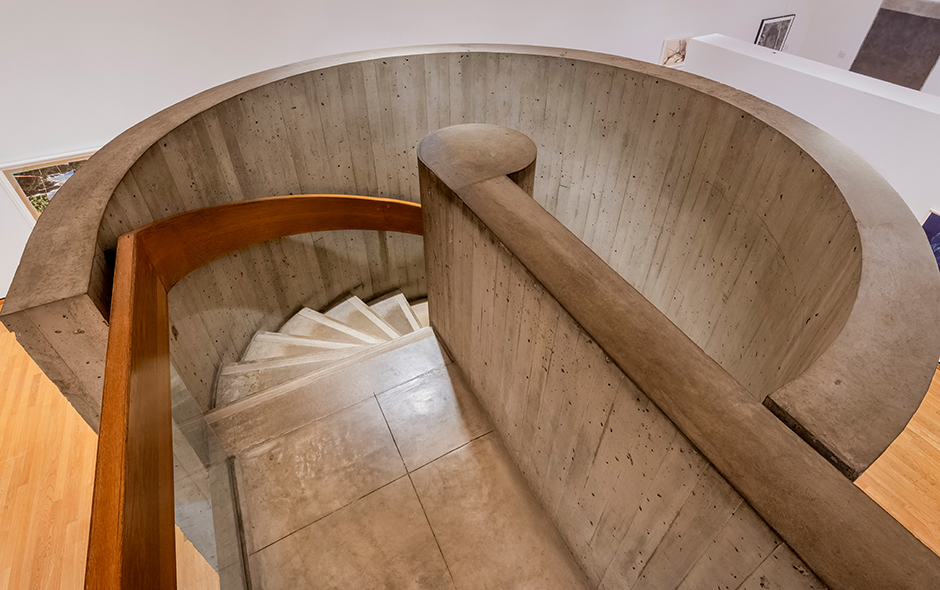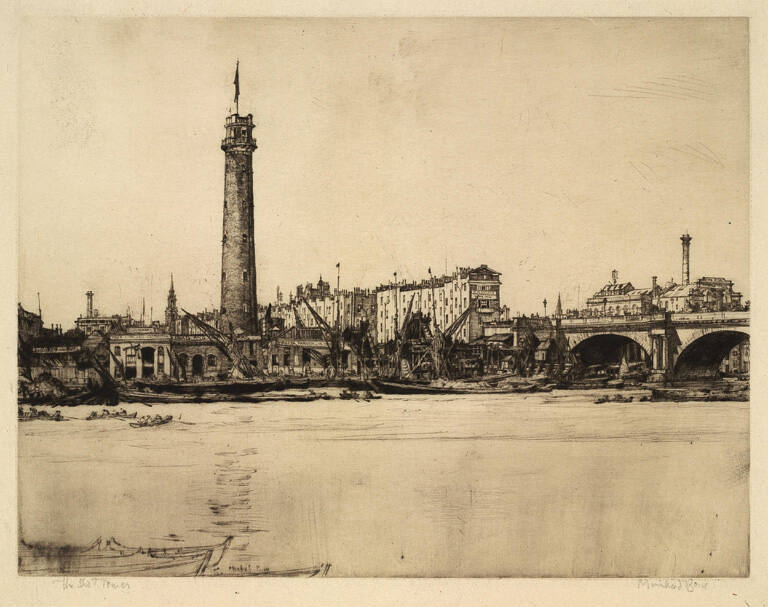
Object Details
Artist
Édouard Manet
Date
1860
Medium
Etching and aquatint
Dimensions
11 3/8 x 6 1/4 inches (28.9 x 15.9 cm)
Credit Line
Acquired through the Museum Membership Fund
Object
Number
61.099
Born into a relatively well-off middle class family, Manet was fortunate to be able to choose a care(…)
Born into a relatively well-off middle class family, Manet was fortunate to be able to choose a career in a field he enjoyed. Initially he joined the studio of Thomas Couture, but he soon rebelled against this academic training and began to produce images of everyday life that bridged the romanticism of Delacroix and the realism of Courbet. Though printmaking never seemed to be an important part of Manet’s oeuvre, he had a clear sense of its powerful immediacy. Inspired by Velasquez and Goya, and caught up in the etching revival initiated by Cadart and his Société des Aquafortistes, he created figures that mysteriously emerge from the shadows, modeled with an intricate cross-hatching and shading. Without the distraction of complex backgrounds his figures appear monumental. The subject of this print was a tramp named Collardet, who modeled for the painting of the same subject, now in Copenhagen. The dramatic effect of this “street philosopher” – as Manet saw him – is simultaneously powerful and sad. The atmosphere is murky and dense, made more so by the cloud of aquatint enveloping the figure. The startling starkness of Collardet’s white face emerges, vulnerable and quiet. Manet first worked on The Absinth Drinker in 1861Ð62, using only a minimal etching line. At this time a few prints were pulled and printed on hollande paper. Around 1868 he returned to the plate and added the aquatint. This state was probably printed by Salmon in a very small edition. Salmon’s grandson Porcaboeuf began to pull proper editions around 1910. (From “A Handbook of the Collection: Herbert F. Johnson Museum of Art,” 1998)












